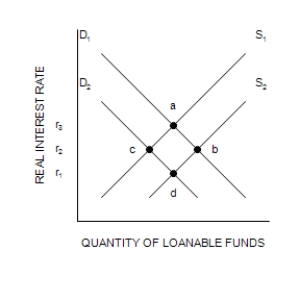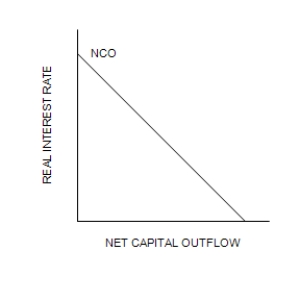Figure 32-5
Refer to the following diagram of the open-economy macroeconomic model to answer the questions that follow.
Graph (a)
Graph (b) 
 Graph (c)
Graph (c) 
-Refer to Figure 32-5. If the interest rate were initially at r2 and an import quota were imposed, the interest rate would
Definitions:
IFRS
International Financial Reporting Standards, a set of accounting standards developed by the International Accounting Standards Board (IASB) that guide the financial reporting process.
Double-Entry Accounting
An accounting method that involves making two entries for every transaction, to maintain the balance of the accounting equation.
Debits and Credits
Fundamental elements of double-entry bookkeeping, where debits represent increases in assets or expenses and credits signify increases in liabilities, equity, or income.
Transaction
An agreement or exchange between two or more parties that is recorded and has a financial impact on the business.
Q4: Suppose that foreign citizens decide to purchase
Q51: Suppose the nominal interest rate is 5
Q62: List the factors that might influence a
Q77: If the quantity of money demanded is
Q92: An increase in taxes shifts the aggregate
Q133: Which of the following is an example
Q140: During World War II government expenditures increased
Q164: Jorge, a Spanish citizen, is contracted by
Q169: The aggregate-demand curve shows the quantity of
Q194: When you purchase school supplies at the